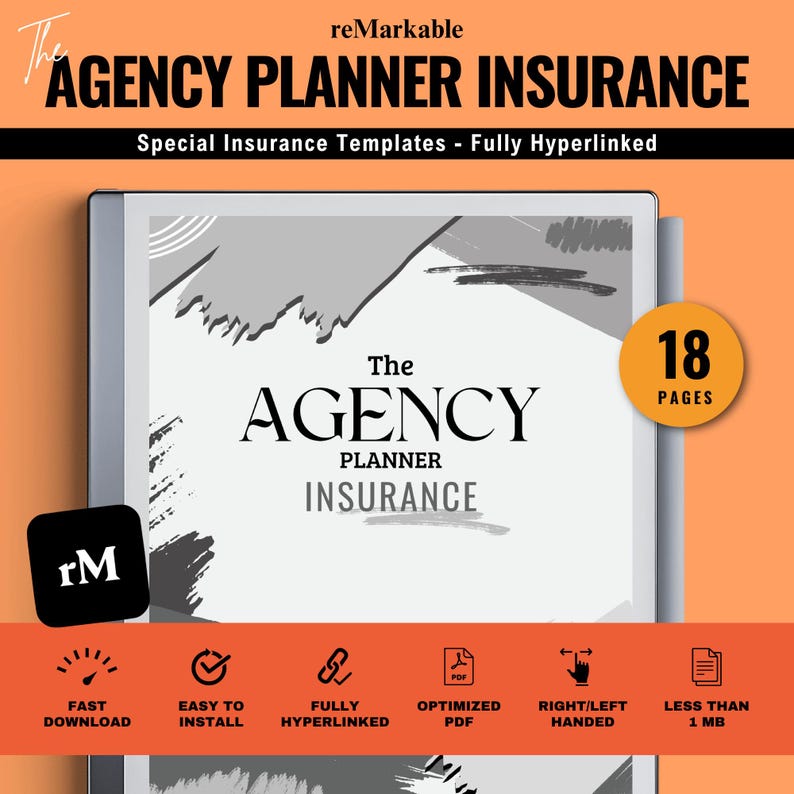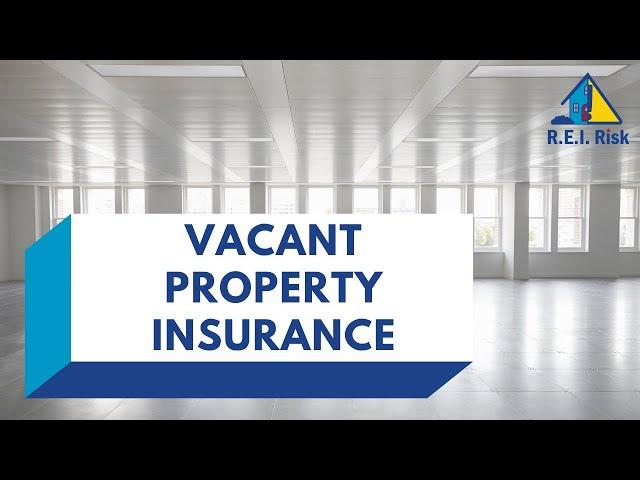When a property sits empty for an extended period, it often becomes more vulnerable to unwanted risks such as theft and vandalism. For property owners, this raises a critical question: does vacant property insurance provide adequate protection against these threats? Understanding the scope of coverage—and any potential limitations—is essential for safeguarding your investment and avoiding costly surprises. In this article, we’ll explore what vacant property insurance typically covers, with a focus on how it addresses theft and vandalism, helping you make informed decisions about protecting your vacant property.
Table of Contents
- Understanding the Limitations of Standard Vacant Property Insurance Policies
- Common Exclusions for Theft and Vandalism in Vacant Properties
- Choosing the Right Coverage Endorsements for Enhanced Protection
- Practical Steps to Minimize Risk and Maximize Insurance Benefits
- Insights and Conclusions
Understanding the Limitations of Standard Vacant Property Insurance Policies
Most standard vacant property insurance policies come with inherent restrictions that can significantly impact coverage, especially when it comes to theft and vandalism. Insurers often view vacant properties as high-risk due to the absence of regular oversight, increasing vulnerability to criminal activity and property damage. Consequently, these policies may include limiting clauses such as reduced coverage limits for items inside the home or may outright exclude certain perils unless specifically endorsed. For example, damage caused by squatters, water leaks, or prolonged vacancy may not be covered, which leaves property owners exposed to unexpected financial burdens.
When evaluating a standard vacant property policy, it’s crucial to identify key limitations, which often include:
- Reduced protection for theft and vandalism: Coverage may be minimal or require additional endorsements.
- Limited liability coverage: Incidents occurring on the property may not be fully insured.
- Exclusions for maintenance-related damages: Problems from lack of upkeep such as mold or broken pipes might not be covered.
- Waiting period clauses: Coverage often activates only after the property has been vacant for a specified number of days.
Understanding these limitations empowers property owners to make informed decisions, ensuring they secure comprehensive protection tailored to the unique risks posed by vacant properties.
Common Exclusions for Theft and Vandalism in Vacant Properties
When it comes to insuring vacant properties, it’s crucial to understand that not all theft or vandalism incidents are covered under standard policies. Most insurers implement specific exclusions to mitigate risk, particularly because an unoccupied building is inherently more vulnerable. Commonly excluded scenarios include losses resulting from break-ins where the property was left unsecured or accessible through unlocked doors and windows. Additionally, theft involving items that were left in plain sight or not properly secured often falls outside coverage.
Beyond these security-related omissions, insurers may also exclude damage or loss connected to criminal activity by the property owner or their acquaintances, as well as vandalism resulting from gradual wear and tear rather than sudden malicious acts. Another important exclusion is related to losses caused by neglect, such as failure to maintain the property or take adequate precautions to deter trespassers. Understanding these exclusions is essential to ensure you’re adequately protected by seeking endorsements or specialized vacant property policies designed to bridge these coverage gaps.
Choosing the Right Coverage Endorsements for Enhanced Protection
When it comes to safeguarding a vacant property, the standard insurance policy often falls short in addressing the unique risks associated with unoccupied buildings. This is where tailored endorsements become vital. By customizing your coverage with specific endorsements, you can close gaps that otherwise leave your investment vulnerable to theft, vandalism, and other property-related damages during vacancy periods. Commonly recommended additions include extended theft protection,
Selecting the right endorsements requires a careful assessment of your property’s location, condition, and potential threats. For instance, if your vacant property is in an area prone to break-ins, an endorsement that covers forced entry and stolen property is critical. Additionally, endorsements covering damage caused by squatters, water ingress, or even liability protection during vacancy can provide invaluable peace of mind. To maximize protection, consult with your insurer about
- vacancy duration clauses
- maintenance and inspection requirements
- notification obligations
and tailor your policy to reflect the real-world risks your property faces.
Practical Steps to Minimize Risk and Maximize Insurance Benefits
To effectively reduce your exposure to theft and vandalism risks on a vacant property, it’s essential to implement a comprehensive risk management strategy. Start by conducting a thorough inspection to identify vulnerable points such as unsecured windows, doors, or fencing. Installing robust security measures like motion-activated lighting, surveillance cameras, and alarm systems will act as strong deterrents. Additionally, maintaining regular property checks can help spot early signs of trouble, enabling swift action to prevent further damage. Engaging a reputable security company for periodic patrols can also significantly enhance protection.
Maximizing the benefits from your vacant property insurance requires clear communication with your insurer about the steps you’ve taken to safeguard your asset. Keep detailed records of all security installations and maintenance activities, and provide these when filing claims for quicker processing. Additionally, review your policy carefully to understand coverage limits and exclusions related to theft and vandalism, then tailor your security investments accordingly. Some insurers may offer premium discounts or additional coverage options if you demonstrate proactive risk minimization measures, so always inquire about these opportunities during your policy renewal discussions.
- Secure all access points with high-quality locks and bars where necessary.
- Invest in advanced security tech, such as smart alarms and connected cameras.
- Establish a regular inspection schedule, either personally or via trusted agents.
- Document all protective measures and communicate them to your insurer.
- Understand your policy’s nuances to know what’s covered and what’s not.
Insights and Conclusions
In conclusion, while vacant property insurance often includes coverage for theft and vandalism, the specifics can vary widely depending on your policy and provider. It’s crucial to review your coverage details carefully and speak with your insurance agent to ensure your vacant property is adequately protected. Don’t wait until a costly incident occurs—taking the time now to understand and secure the right insurance can save you significant stress and financial loss down the line. Protect your investment wisely by staying informed and proactive.






